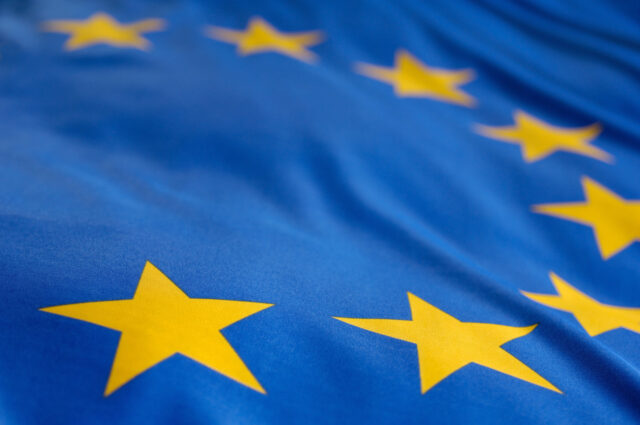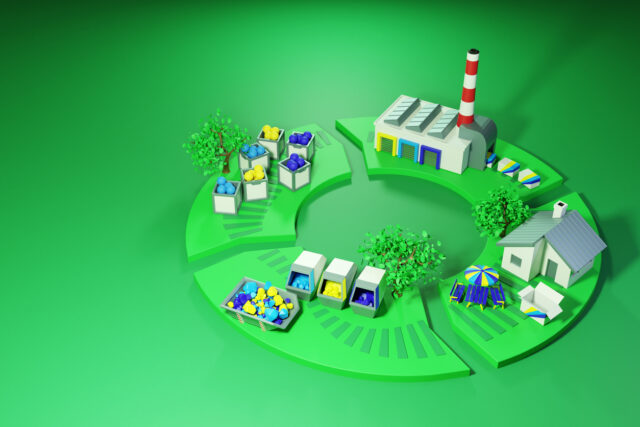US-based agricultural goods trader Archer-Daniels-Midland (ADM) has introduced a new level of digitally driven transparency into its procurement process. The company loaded and shipped the first vessels of verified, fully traceable soybeans from the US to Europe in January.
Regulatory pressure to increase transparency
ADM initiated the pilot program in order to adhere to new EU regulations. Introduced in 2023, the regulations prohibit contact with deforestation in organisations’ supply chains. ADM reports the program traced the passage of 2.4 million bushels (64,000 tonnes) of verified soybeans to Europe.
“While there are still issues—including how full compliance will be defined, measured and enforced—to work through in advance of the EU’s deforestation regulations, we are confident in our ability to continue to deliver to customers in Europe,” said Jon Turney, ADM’s vice president, EMEA Crush. The tracing program utilises a mixture of digital technology, according to ADM. They revealed that this includes FBN’s Gradable digital platform. Next, ADM applies the digital stack to its origination and transportation capabilities. The result is an allegedly successful attempt to verify, trace and segregate participating beans from farms to their final destination.
“At ADM, our future and success depend on the farmers we work with and for, which is why we’re committed to helping support their businesses and their legacies by ensuring that global markets remain open to U.S. agricultural products,” said Matt Hopkins, ADM’s vice president of North America River and Export.
100% transparency from bean to customer
ADM representatives say that the company intends to deliver a 100% deforestation-free supply chain by 2025. The company claimed in 2022 that it can trace 100% of its soybean suppliers in Argentina, Brazil, and Paraguay.
Scope 3 emissions are coming under closer scrutiny throughout multiple industries. This is especially true in the agricultural sector. Soybean producers in particular are widely scrutinised for their role in deforestation across Latin America. ESG targets are becoming more difficult to hit, and organisations need to strive for greater transparency within their procure-to-pay cycle.
According to a blog post by GEP, there are several steps that drive traceability in the supply chain. Embedding ESG into the supplier assessment process, collaborating more closely with those suppliers to foster their ESG-focused cultures, and embracing technology driven solutions are all effective steps in increasing traceability as a way to drive ESG goals in the procurement process.
They note: “As the world moves towards standardised reporting and regulatory requirements for ESG, companies that prioritise visibility and traceability across their supply chains will not only meet compliance obligations but also gain a competitive advantage. They will forge alliances with suppliers and consumers, driving positive change and contributing meaningfully to sustainability goals.”











